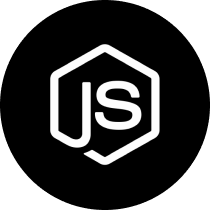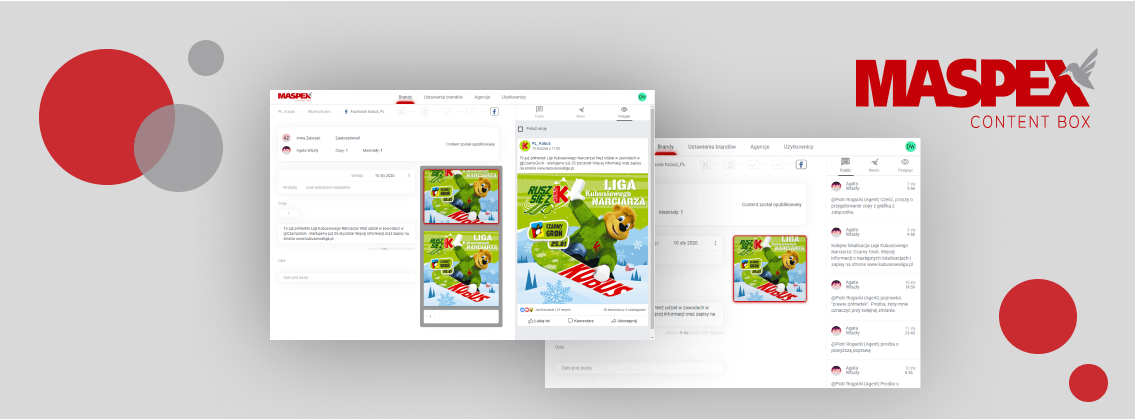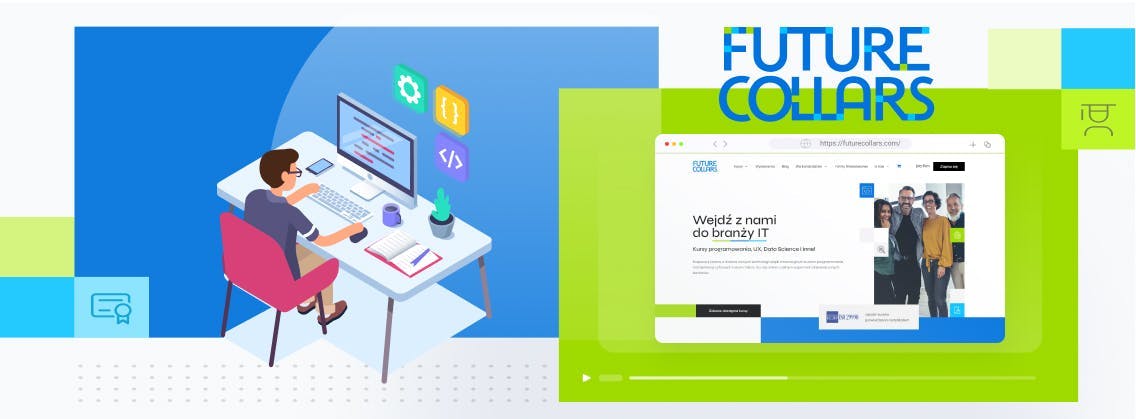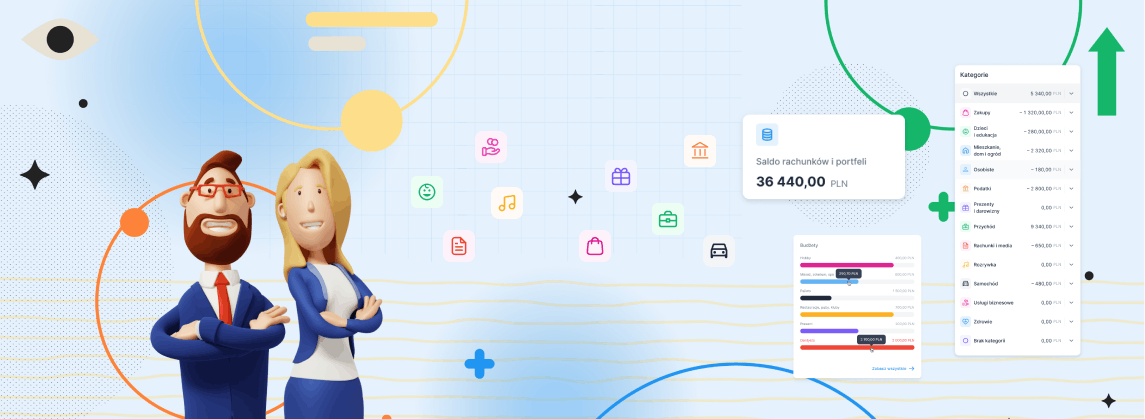ScanPay


A web application that revolutionizes restaurant payments with QR codes
ScanPay transforms dining with a simple scan. Customers can browse menus, order, and pay via a QR code at their table—streamlining service, enhancing convenience, and boosting restaurant efficiency. Perfect for today’s fast-paced, contactless dining trends.A web application that revolutionizes restaurant payments with QR codes
ScanPay transforms dining with a simple scan. Customers can browse menus, order, and pay via a QR code at their table—streamlining service, enhancing convenience, and boosting restaurant efficiency. Perfect for today’s fast-paced, contactless dining trends.
Project background
The restaurant industry has had to evolve quickly, faced with rising operational costs, labor shortages, and a surge in customer demand for digital convenience. ScanPay was developed as a strategic response to these challenges, aimed at reducing the strain on restaurants by streamlining their ordering and payment processes with innovative digital solutions.
This platform transforms the dining experience by seamlessly integrating a digital menu and payment system into the existing Point of Sale (POS) infrastructure of restaurants.
ScanPay enhances the dining experience by enabling customers to effortlessly browse menus, place orders, and make payments through a user-friendly web solution activated by scanning a QR code at their table.
This not only simplifies the dining process but also caters to the modern diner’s preference for swift, contactless transactions. By improving service efficiency and customer satisfaction, ScanPay helps restaurants increase table turnover and adapt to the growing trend of digital-first dining.
ScanPay is a web app that revolutionizes restaurant payments. After scanning the QR code, customers can browse the menu, place orders, and make payments. All while sitting comfortably at the table.
Scope of work
The scope of work for the ScanPay project involved developing a sophisticated web application and its supporting backend infrastructure aimed at transforming the restaurant dining experience through advanced digital integration.
Our team was responsible for creating a user-friendly platform that allows diners to efficiently browse menus, order food, and process payments directly from their smartphones after scanning a QR code provided at their tables.
A critical component of the project was the seamless integration of the web app with the existing Point of Sale (POS) system and a payment gateway solution, both facilitated through APIs. This integration ensured that menu items, prices, categories, and allergen information were synchronized in real-time between the POS and the ScanPay app, reflecting any changes instantly to maintain up-to-date accuracy and operational efficiency.
One of the project’s significant challenges involved developing a feature that enabled multiple users, such as a group of friends, to order from the same menu collaboratively.
We worked with an external UI/UX agency to design the platform. Their expertise helped us create an interface that is easy to use and visually appealing, enhancing the overall dining experience.
Our innovative solution allowed users to join a shared ordering group by scanning a QR code from another user’s device. This functionality created a joint cart where additions or changes by any group member were updated in real time across all connected devices. This feature not only facilitated a seamless group ordering experience but also allowed one person to handle the final payment, simplifying the payment process.
Our development approach was based on the Scrum methodology, supporting an agile development process that allowed for flexible scope adjustments and rapid iterations based on ongoing client feedback.
Additionally, we provided IT Consulting services, aiding in the selection of the appropriate technology stack. For the backend, we utilized Node.js, marking a departure from our usual .NET framework, while the front end was developed using React.
Completed by a compact team within approximately four months, the project exemplifies our capability to deliver complex, high-impact digital solutions efficiently and effectively.
Review of our work

LeanCode delivered fast-paced development work, staying very engaged, professional, and insightful throughout the project. The team worked quickly while remaining flexible to scope changes. Moreover, they offered good communication, leveraging virtual meetings.


LeanCode delivered fast-paced development work, staying very engaged, professional, and insightful throughout the project. The team worked quickly while remaining flexible to scope changes. Moreover, they offered good communication, leveraging virtual meetings.

Value delivered by LeanCode
ScanPay modernizes ordering and payment processes and enriches the dining experience with real-time digital integration. It simplifies group orders and enhances operational efficiency through advanced backend synchronization with POS systems, delivering a seamless, modern dining solution.
POS and payment gateway integration
Interactive Group Ordering System
Advanced Payment Solutions
Features
Ordering via table QR code
Group ordering
Administrative control panel
This feature streamlines the dining experience by allowing users to order right from their seats. Diners can scan a QR code on their table to access the restaurant's digital menu on their phone. From here, guests can browse, select dishes, and complete payment seamlessly through the app. The order is instantly sent to the restaurant’s POS system, linked to your table number, ensuring prompt service and convenience.
Key takeaways
1. Enhanced Customer Experience with Digital Integration: ScanPay's features, such as ordering via QR code and group ordering, significantly enhance the dining experience. By allowing customers to scan a QR code to view menus, order, and pay directly from their phones, the system introduces a level of convenience and efficiency that modern diners expect. Group ordering further streamlines the process for larger parties, enabling real-time updates across devices and simplifying payment processes.
2. Seamless POS Integration: A critical component of ScanPay is the ability to integrate seamlessly with existing Point of Sale (POS) systems. This ensures that orders placed via the app are directly reflected in the restaurant’s main operational system, maintaining accuracy and speed in kitchen operations and table service. This integration is crucial for keeping the restaurant's workflow smooth and uninterrupted.
3. Agile Development Process: Adopting the Scrum methodology enabled the development team to remain flexible and responsive to changes throughout the project. This agile approach facilitated adjustments in the project scope and feature set as feedback was received, ensuring the final product truly met users' needs.















